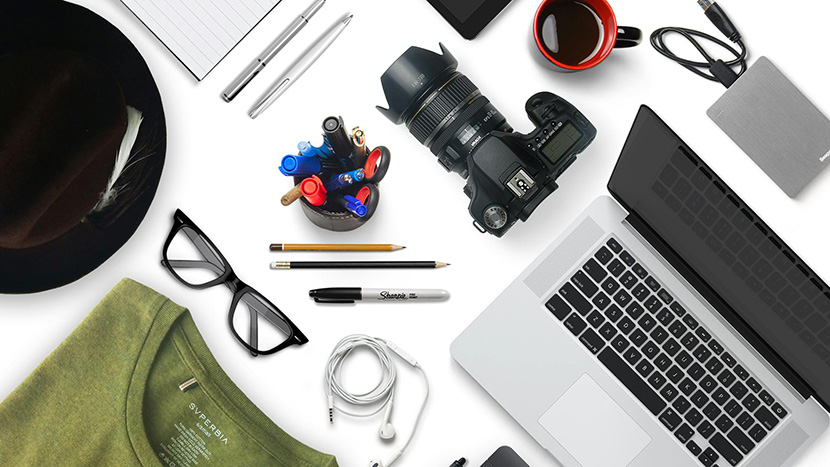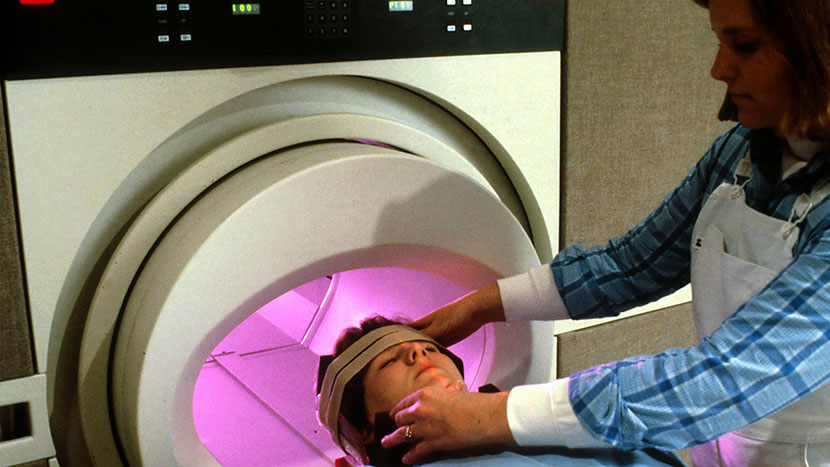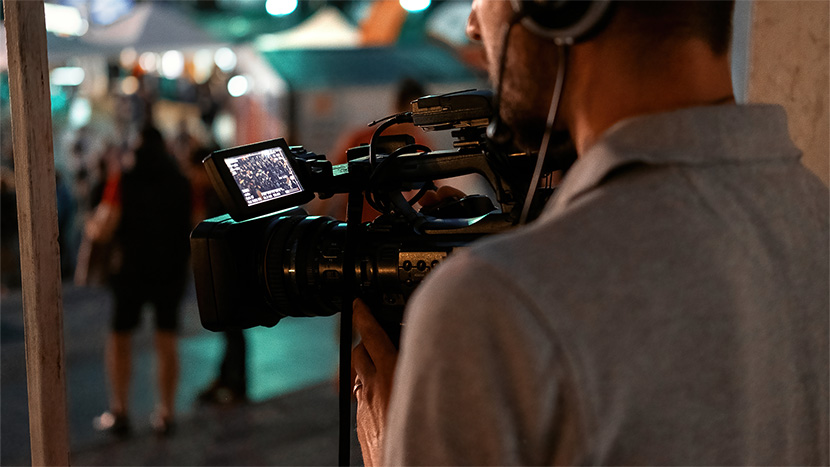As biologists and filmmakers, the Untamed Science crew relies on boats a lot! It is a great way to get around marine environments, collect research, and film the amazing things that happen on, or under, the water. Unfortunately, since boats are exposed to a lot of harsh elements, they also need a lot of maintenance.
Exposure to harsh elements such as saltwater, intense sunlight, and persistent stains can wear down surfaces, reducing both appearance and functionality. Professional detailing is essential for preserving a vessel’s longevity and ensuring it remains in peak condition. Investing in expert care provides superior protection against environmental damage while enhancing aesthetics and performance.
Understanding the Impact of Saltwater
Saltwater is one of the most damaging elements for boats, corroding metal fixtures, dulling paint, and leaving stubborn residue. Boats that frequently navigate saltwater environments require regular cleaning to prevent deterioration. Professional detailers use specialized marine-safe cleaners to break down salt deposits without harming gel coats or painted surfaces. High-pressure washing removes build-up from hard-to-reach areas, ensuring that every inch of the boat remains free of corrosive residue.
Protecting metal components is particularly crucial, as salt exposure can lead to rust and weakened structural integrity. Professional polishing restores shine while applying protective coatings that shield against oxidation. Stainless steel railings, cleats, and engine components receive targeted treatments to maintain resilience and prevent premature wear.
Defending Against Sun Damage
Prolonged exposure to sunlight causes fading, cracks, and oxidation on boat surfaces. UV rays gradually degrade gel coatings, vinyl seating, and fiberglass exteriors, leading to dull appearances and weakened durability. Professional boat detailing near me addresses these concerns by applying high-quality UV-resistant coatings that minimize damage.
Marine-grade waxes and sealants create a protective barrier that reflects sunlight, maintaining the boat’s original vibrancy. Upholstery benefits from conditioning treatments that prevent drying and cracking, ensuring long-term comfort and visual appeal. Tinting solutions and reflective glass coatings enhance visibility while reducing heat absorption, making cabin areas more comfortable for extended trips.
Removing Stubborn Stains and Contaminants
Boats often accumulate stains from algae, oil, fuel spills, and environmental pollutants. Over time, these stains can become deeply embedded, requiring professional-grade techniques for removal. Professional detailing services include deep-cleaning treatments that lift stains without compromising the integrity of surfaces.
Hull and deck cleaning involve non-abrasive scrubbing to eliminate grime while preserving texture and shine. Specialty stain removers target problem areas such as fishing residue, waterline discoloration, and sun-baked dirt patches. Carpeted interiors and upholstery undergo steam cleaning to eliminate odors and embedded debris, restoring freshness to enclosed spaces.
Preserving Performance with Engine and Mechanical Care
Detailing extends beyond aesthetic improvements—maintaining mechanical components ensures reliability and efficiency. Professional cleaning of the engine bay removes grease buildup, preventing corrosion while optimizing performance. Fluid checks, battery terminal cleaning, and protective sprays safeguard essential systems against environmental wear.
Routine detailing also involves inspecting seals, filters, and hoses to prevent mechanical failures. Ensuring that moving parts remain free of dirt and debris enhances functionality, reducing long-term maintenance costs. Boats that receive consistent professional care operate smoothly and withstand harsh conditions with greater resilience.
Enhancing Longevity with Protective Coatings
Applying specialized coatings provides long-lasting defense against wear and tear. Ceramic coatings offer superior durability compared to traditional waxing, chemically bonding with boat surfaces to create a hydrophobic layer. This advanced protection repels water, prevents stains, and reduces the frequency of necessary cleanings.
Anti-corrosion treatments extend the lifespan of metal components, preserving strength and structural integrity. Glass coatings improve visibility while preventing streaking and water spots. Upholstery sealants ensure that seating remains resistant to spills, mold growth, and fading. Investing in high-performance coatings minimizes the need for frequent touch-ups, maintaining the boat’s condition over extended periods.
Choosing Professional Detailing for Ultimate Protection
While DIY maintenance provides basic care, professional detailing delivers unmatched expertise and precision. Experienced detailers use specialized tools and techniques that ensure thorough cleaning while preserving delicate surfaces. Customized treatment plans cater to specific boat types and usage conditions, optimizing protection based on environmental exposure.
Regular detailing enhances resale value, as a well-maintained boat retains its market appeal. A vessel that undergoes professional care appears newer, operates efficiently, and resists premature deterioration. The investment in expert detailing reduces long-term repair costs while ensuring a consistently polished and protected finish.
Conclusion
Saltwater exposure, UV rays, and persistent stains challenge the durability of every boat, making professional detailing essential for ongoing care. Specialized treatments safeguard surfaces, enhance longevity, and optimize performance, ensuring that boats remain in excellent condition despite harsh marine environments. Whether preserving aesthetics, preventing corrosion, or restoring vibrancy, expert detailing provides the ultimate defense against the elements. Regular professional care ensures that every voyage is enjoyed aboard a clean, well-maintained, and high-performing vessel. For expert car detailing that keeps your vehicle looking flawless, visit Cardetailcalgary.com and experience top-tier service.















































































































